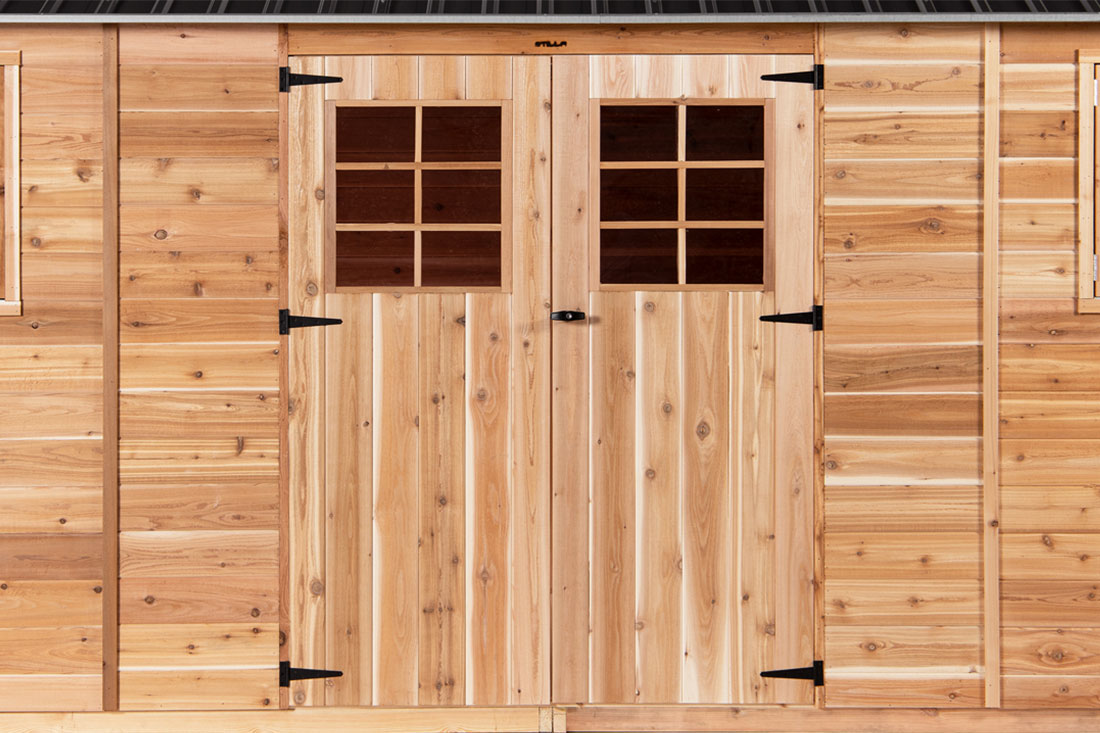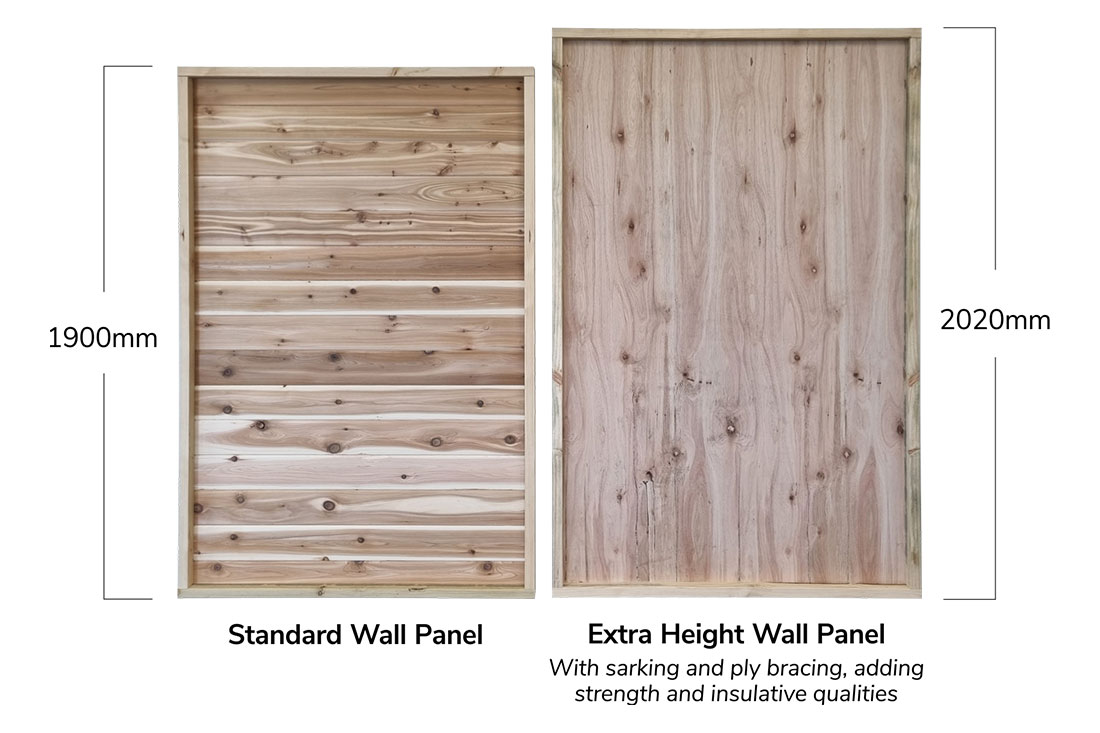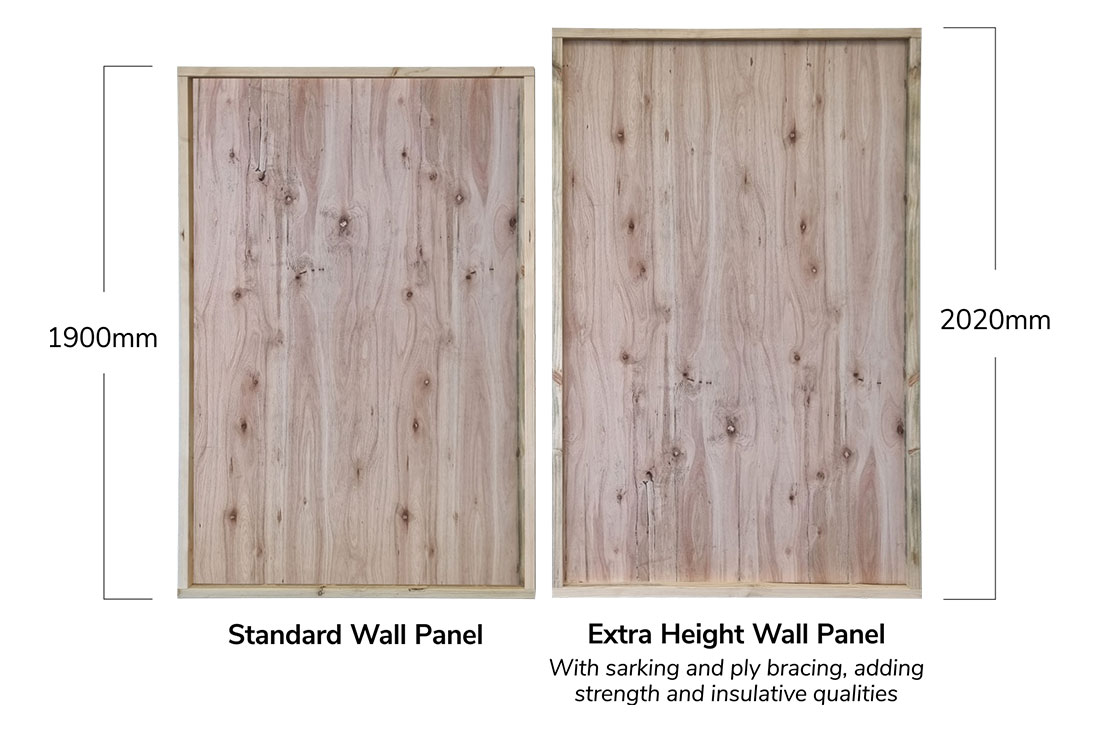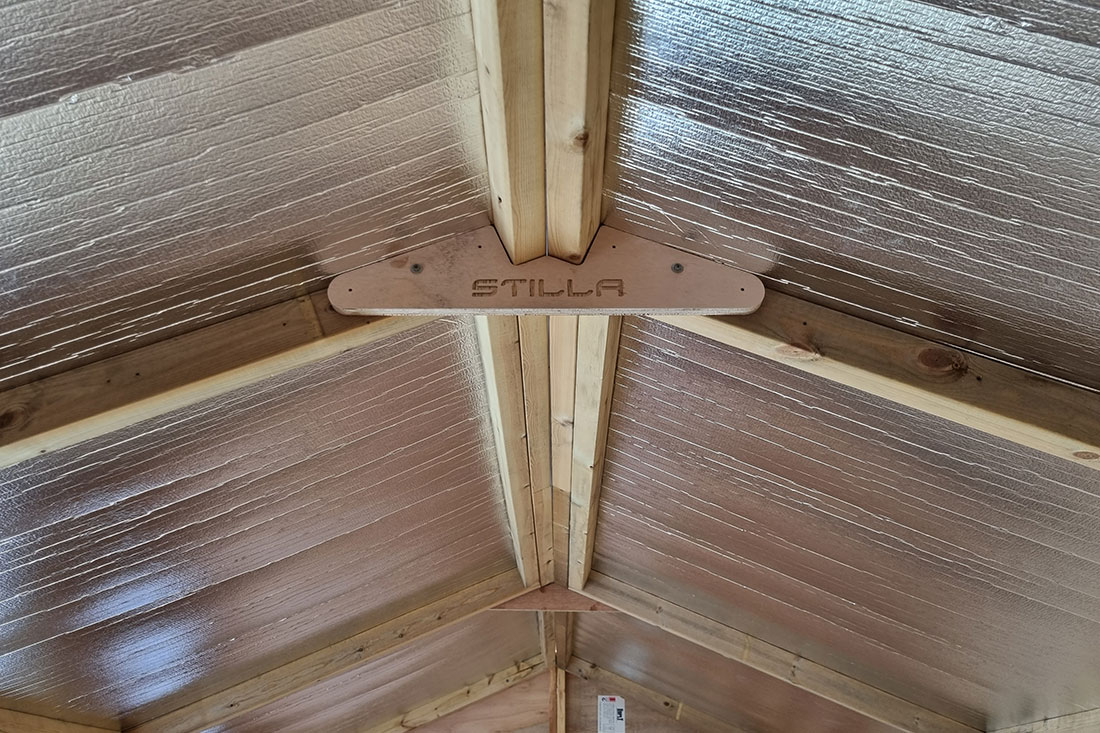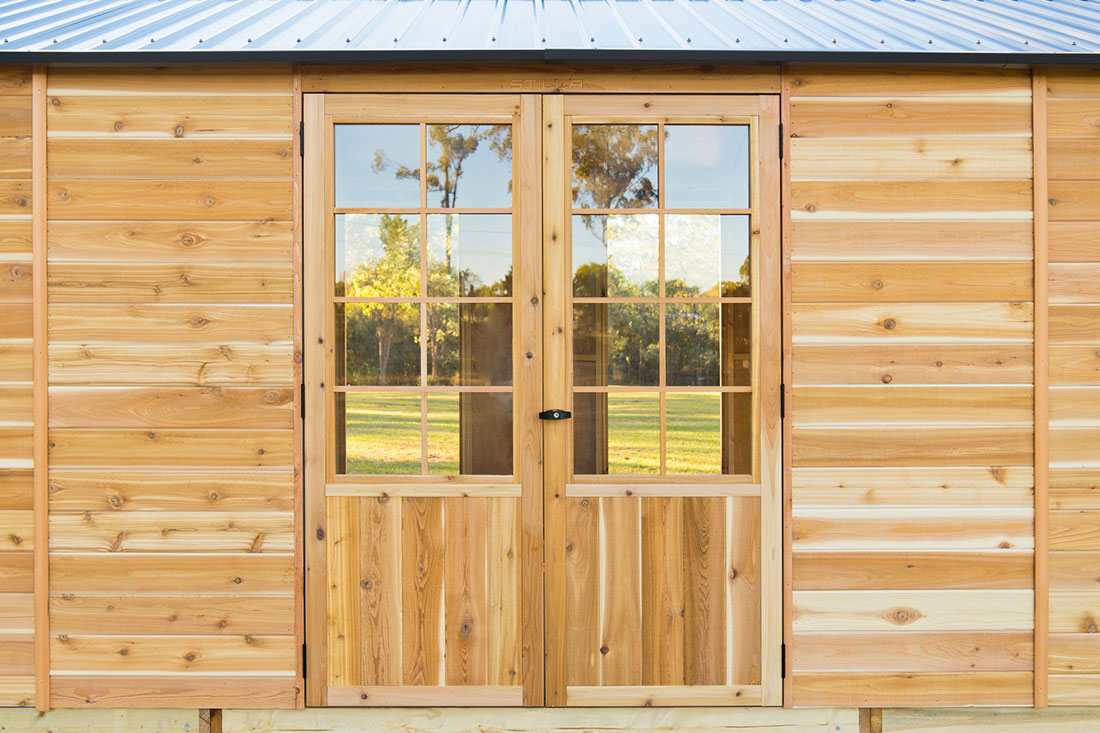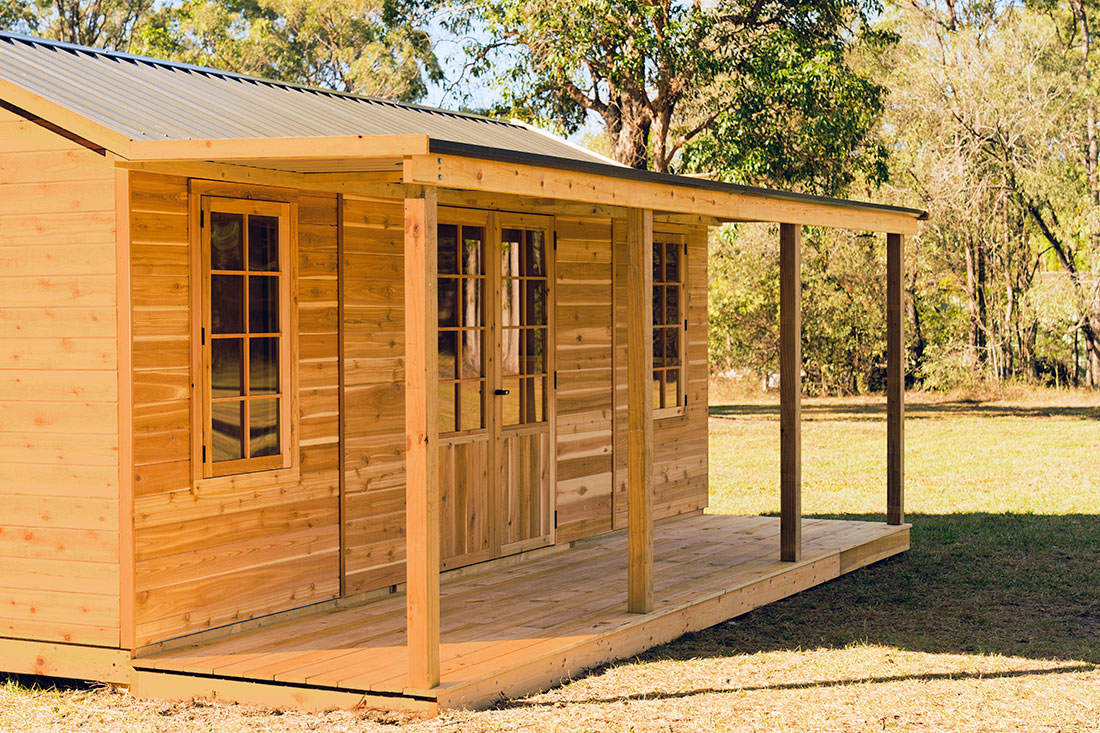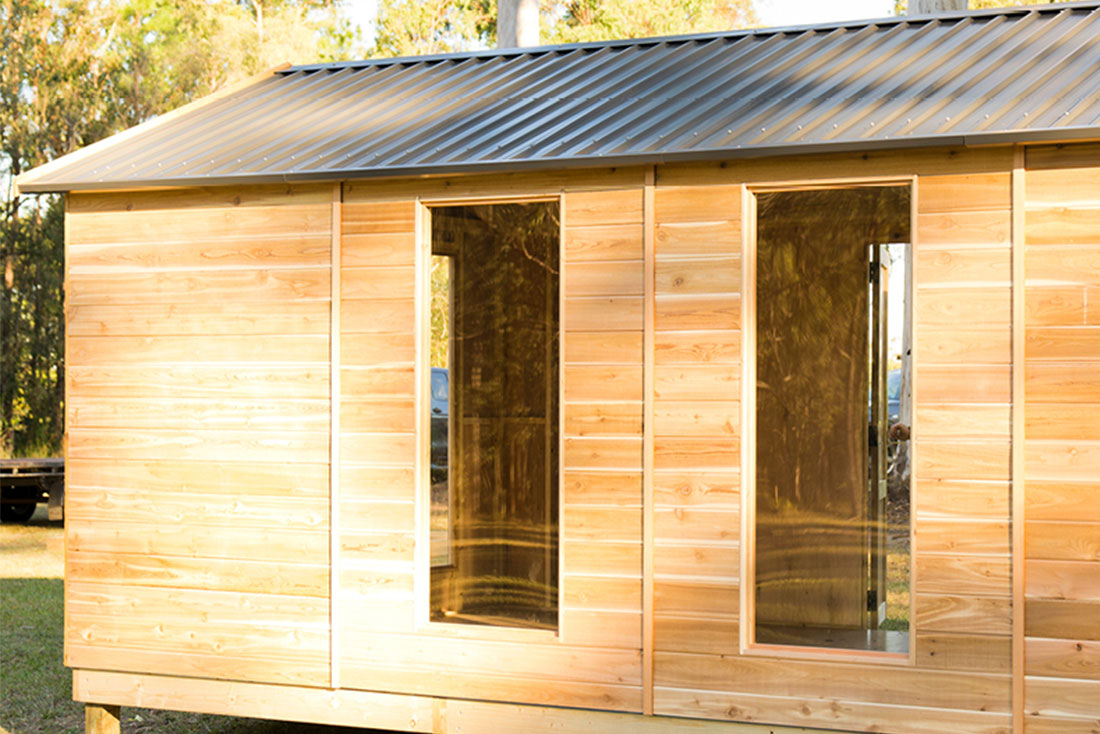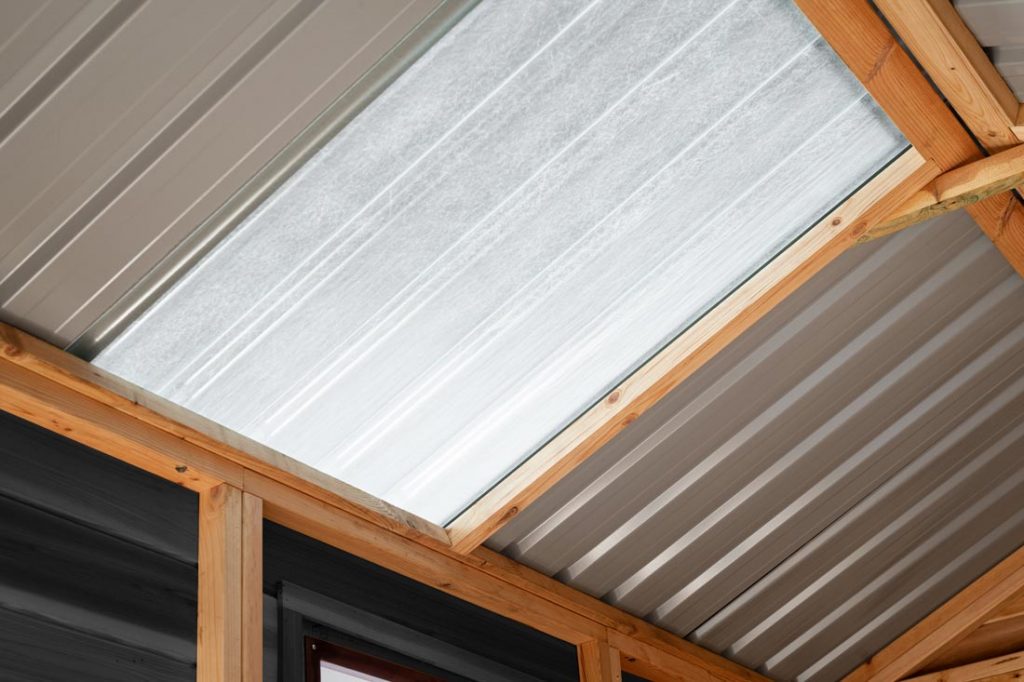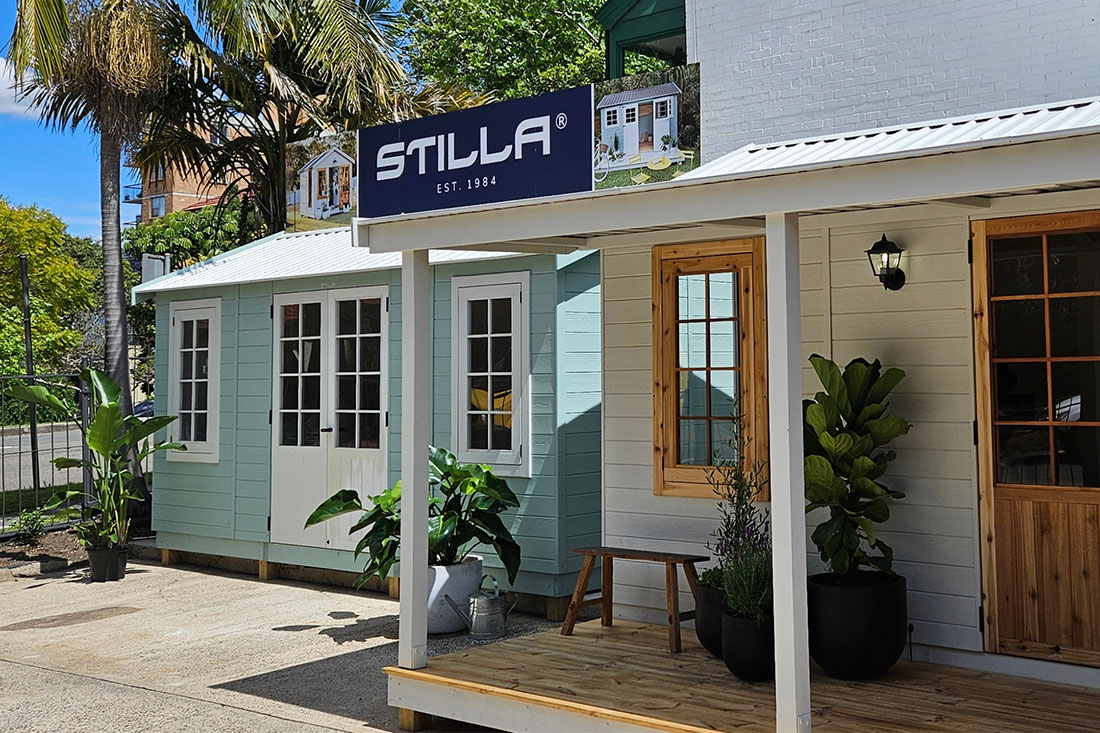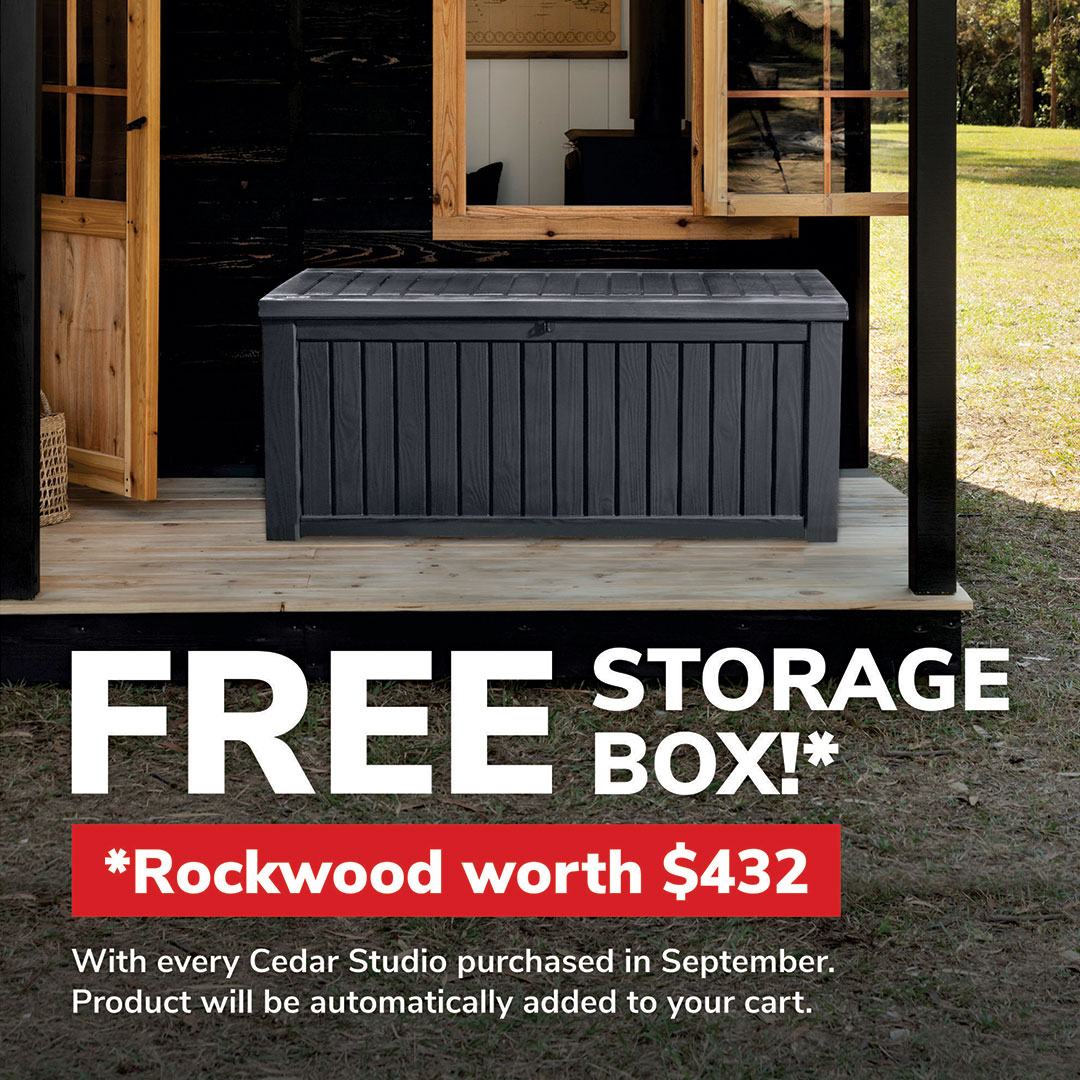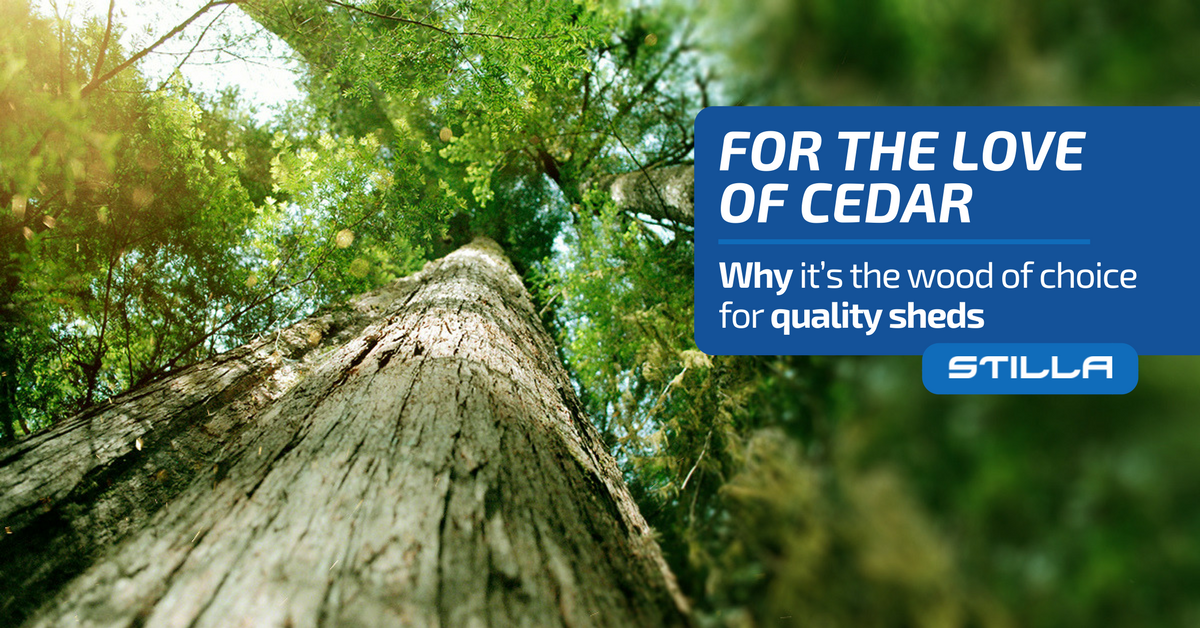
26 Jul For the Love of Cedar: Why it’s the Wood of Choice for Quality Sheds
Wood. What would we do without it?
It has played an important role in the history of civilization. Humans have used it for fuel, tools, weapons, furniture, and paper, as well as buildings.
It’s one of the longest-standing building materials, with evidence showing homes built over 10,000 years ago used timber as a primary construction material.
It continues to be used for modest buildings such as log cabins as well as impressive structures such as Chinese temples.
What sorts of woods do we use?
The different woods we use are divided into hardwoods and softwoods, although – somewhat confusingly – the hardest of the softwoods are actually harder than the softer hardwoods!
If you’ve ever built a fire, you’ll know that softwoods burn more readily and so make excellent kindling, while hardwoods burn longer and hotter.
Softwoods – including cedars, cypresses, firs, junipers, kauris, larches, pines, redwoods, spruces, and yews – are far more common in nature, making up something like 80 per cent of trees we have access to for timber.
The wood from these trees tends to be more malleable (easier to cut and shape).
Hardwoods include ash, birch, mahogany, maple, oak, teak, and walnut.
The pluses of softwoods
The great advantage of softwoods is that the coniferous trees they come from grow fast and straight.
This means that they can be sustainably grown, for example with tree farms and through carefully planned regeneration of forest areas, so the world’s supply of these woods can be constantly replenished.
As a result, softwoods are generally less expensive than hardwoods.
Because they grow fast and straight, the wood from these trees tends to have a straight grain, which not only makes it easier to work with but also more attractive when a lot of it is put together.
Why cedar is the best
The most common type of cedar is the western red variety. It’s relatively soft (1 on a scale of 1 to 4), has a straight grain, and has a slightly aromatic smell.
Western red cedar, as its name implies, has a reddish colour and is found predominantly in the Pacific Northwest of North America (the U.S. state of Washington and British Columbia, the south-western province of Canada).
The weather in that part of the world is damp, encouraging fungus, microorganisms, and insects to significantly impact plant life. However, trees such as the cedar have developed self-protective qualities that allow them to fend off insects, rot and temperature-related stresses.
That’s what makes cedar wood so practical as an outdoor building material: it’s resistant to humidity, variations in temperature, insects, funguses, and rotting.
As we outlined in a previous blog post, The top 8 reasons to buy a cedar shed, Western red cedar is:
- Extremely durable
- Extremely stable
- Termite resistant
- Resistant to rot
- Attractive (colour, grain, and texture)
- A great thermal insulator
- A great acoustic insulator (absorbs noise)
- Aromatic
- Easy to work with (including its ability to retain fasteners)
All cedar is not created equal
While we love Western red cedar, and can enthuse about it for hours, there is a caveat: some of it is better than the rest.
As with many timbers used for building, cedar comes in a range of qualities, from clear (sometimes called ‘heartwood’, indicating it’s more from the middle of the tree) to knotty.
At the same time, cedar cladding comes in a variety of thicknesses.
We know what works best for outdoor sheds, as well as what sort of timber offers the best value for money, and we’re sticklers for quality.
That’s why Stilla uses 18mm thick Canadian Western Red Cedar cladding, which we think is hard to beat. Give it a chance, and we think you’ll love cedar as much as we do!
You can find out all about Stilla’s cedar shed range here … and don’t hesitate to get in touch if you have any questions.


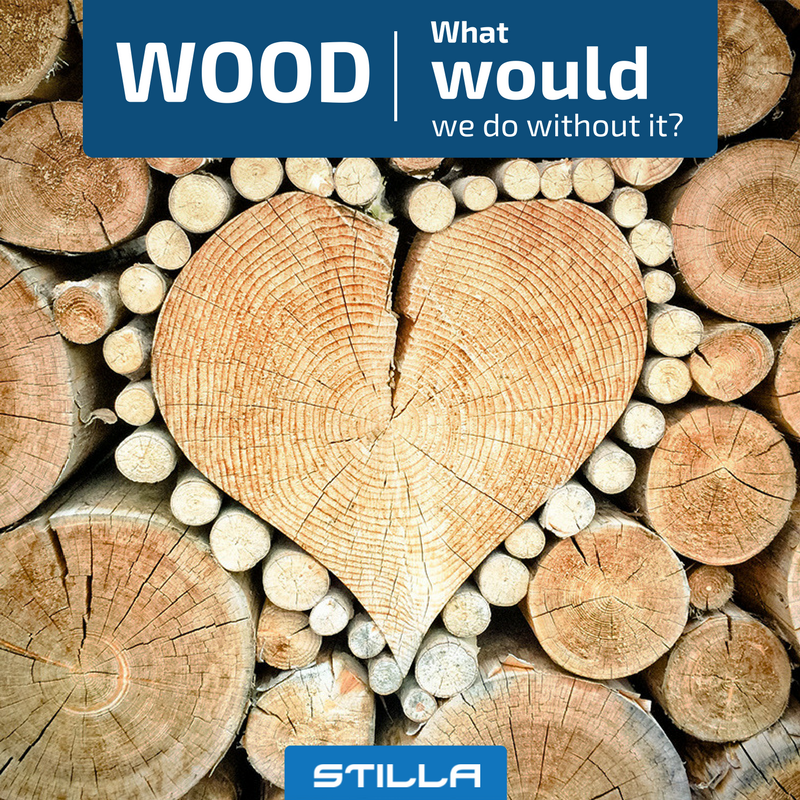
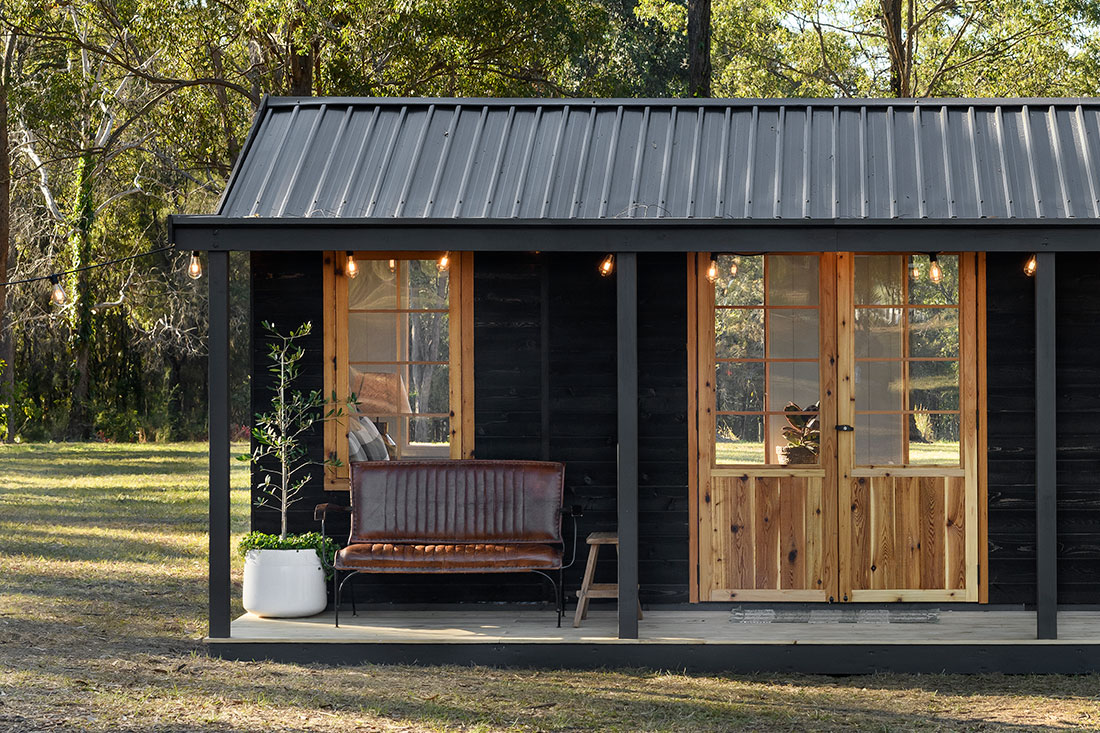
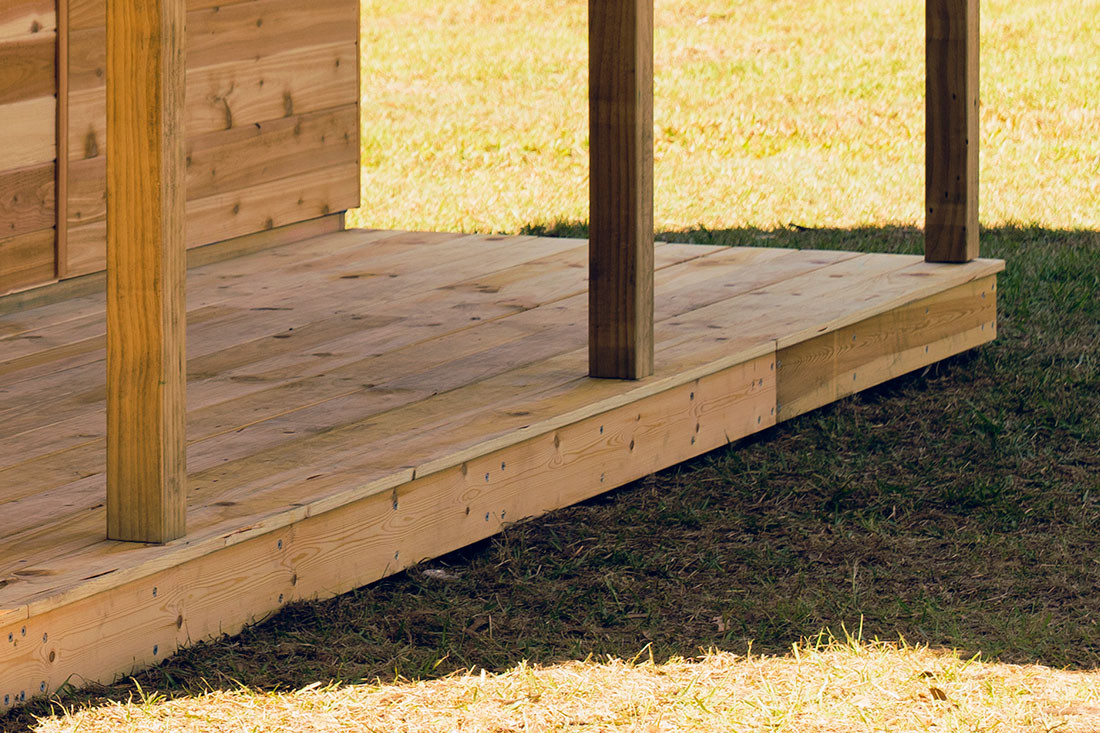
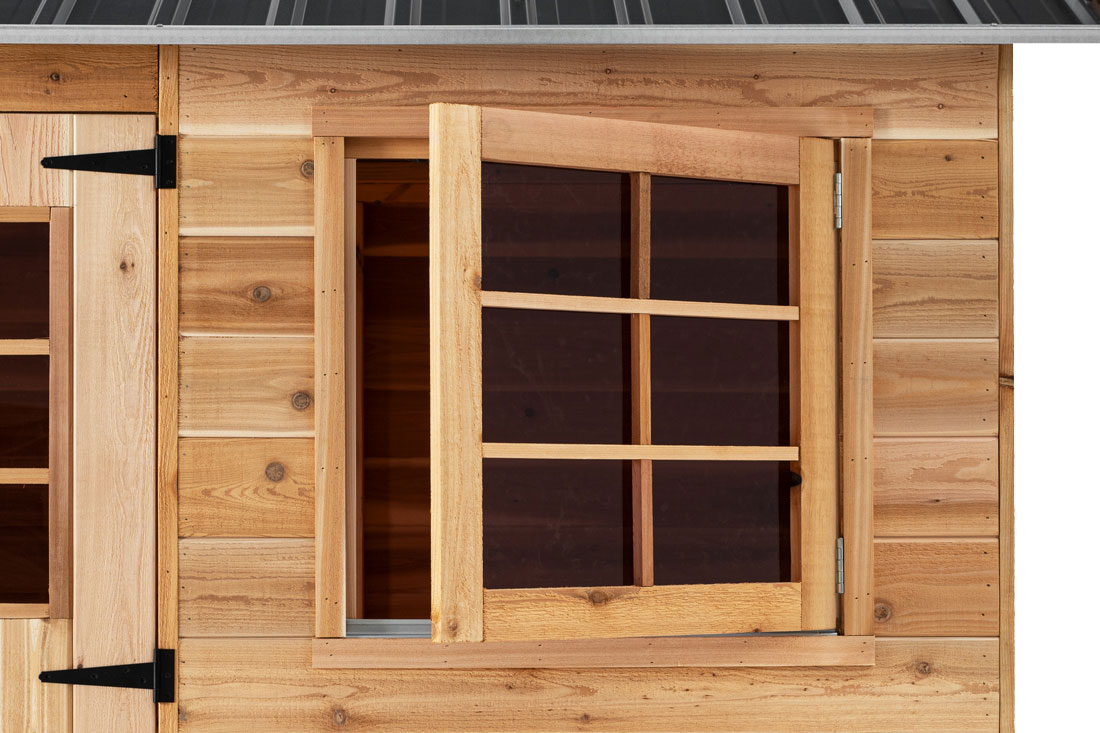
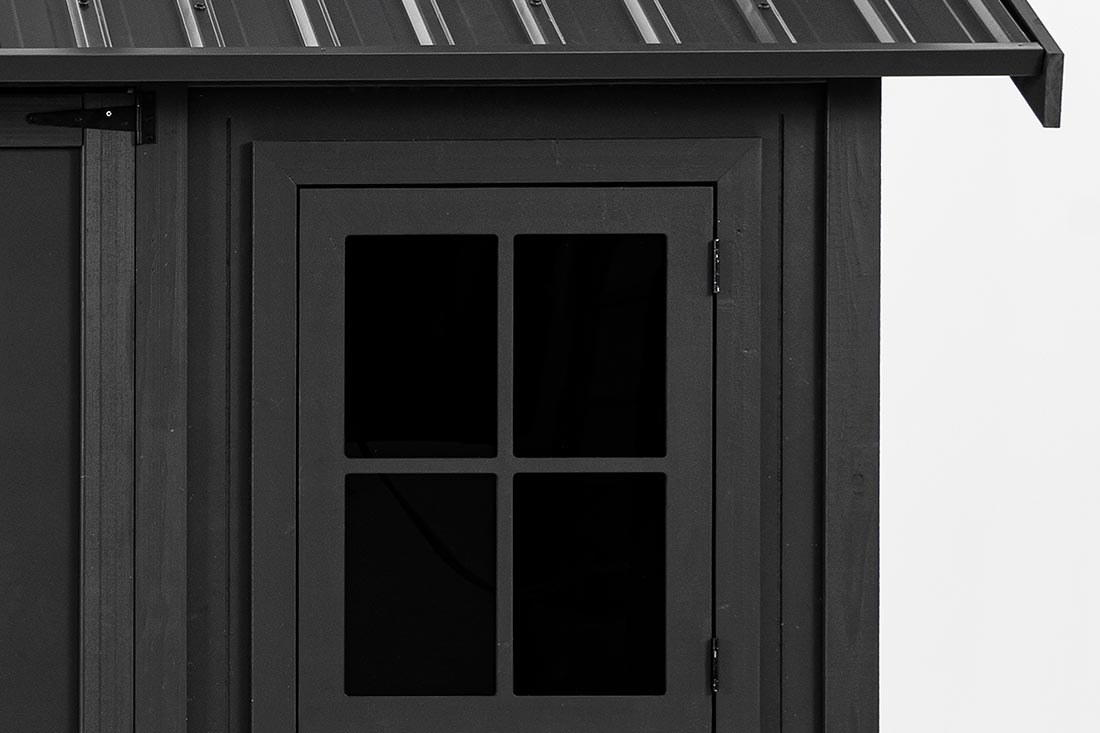
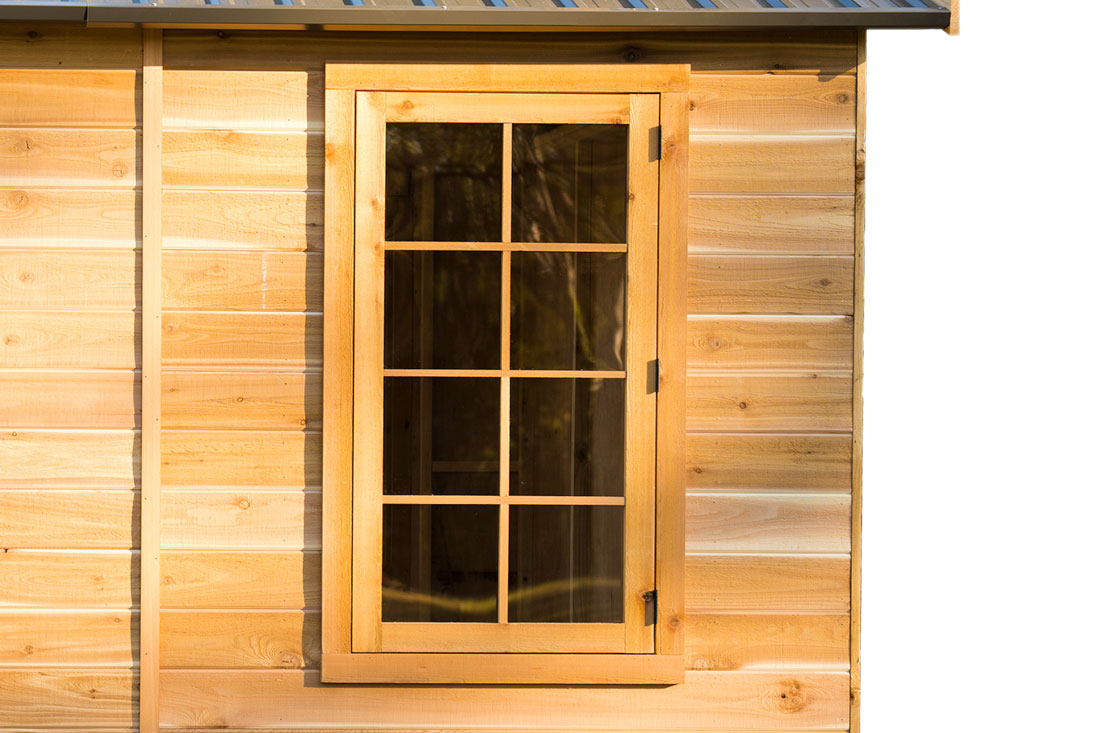
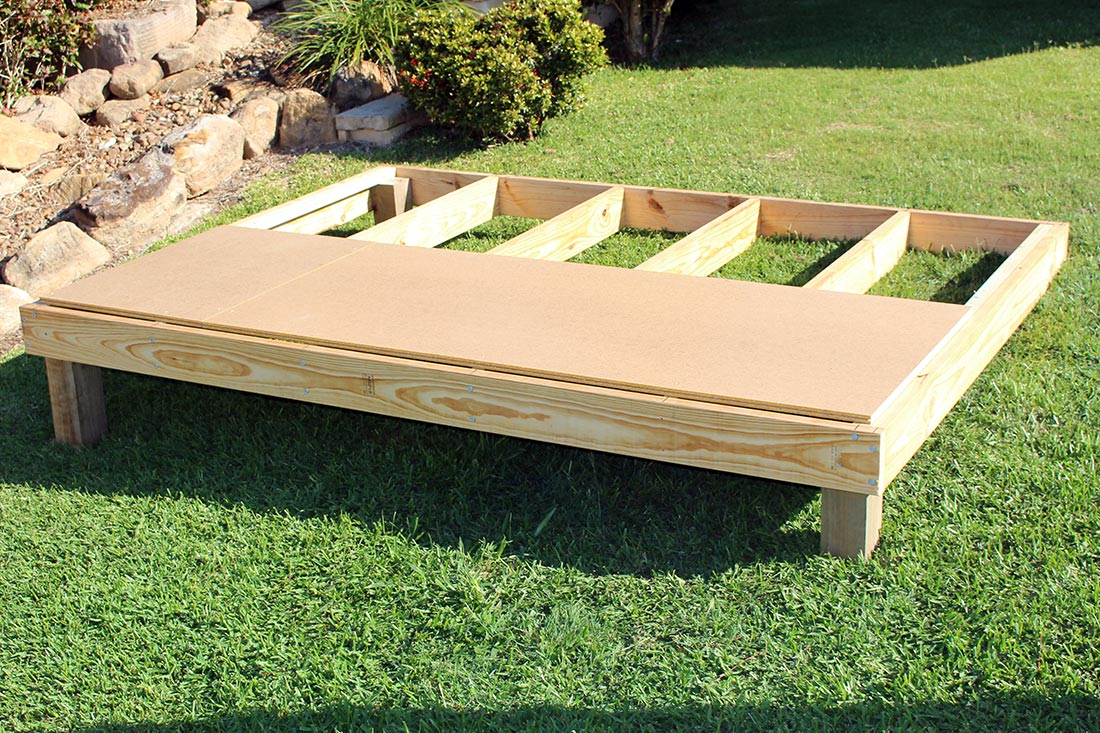
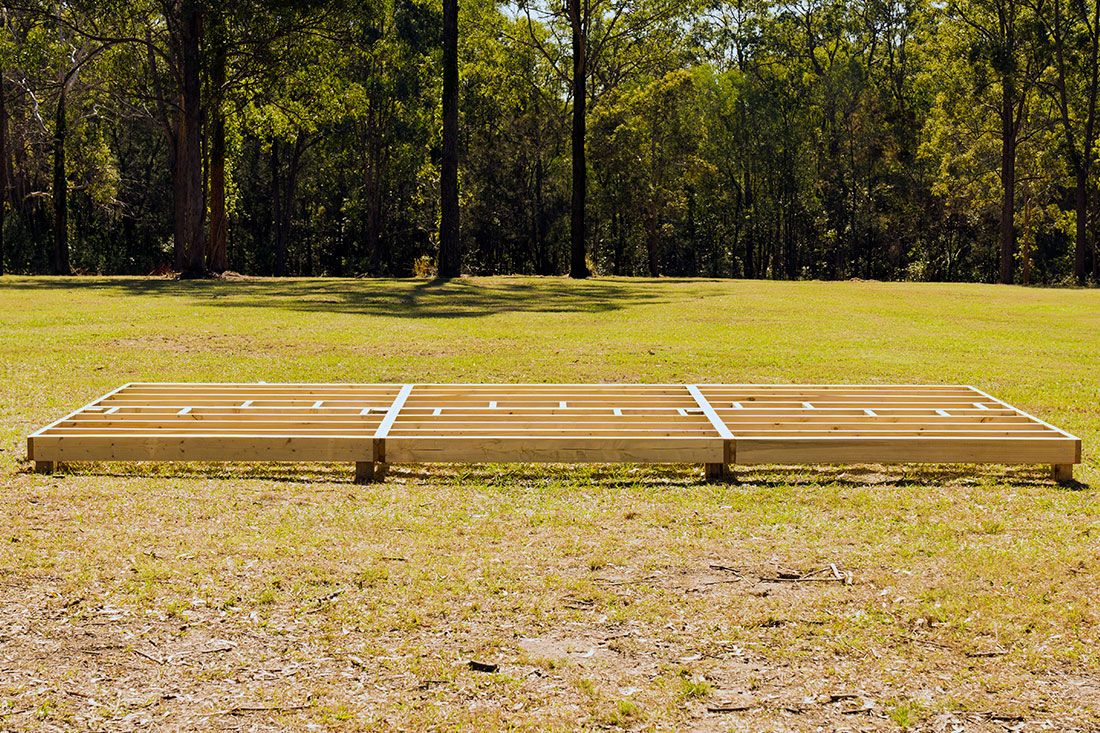
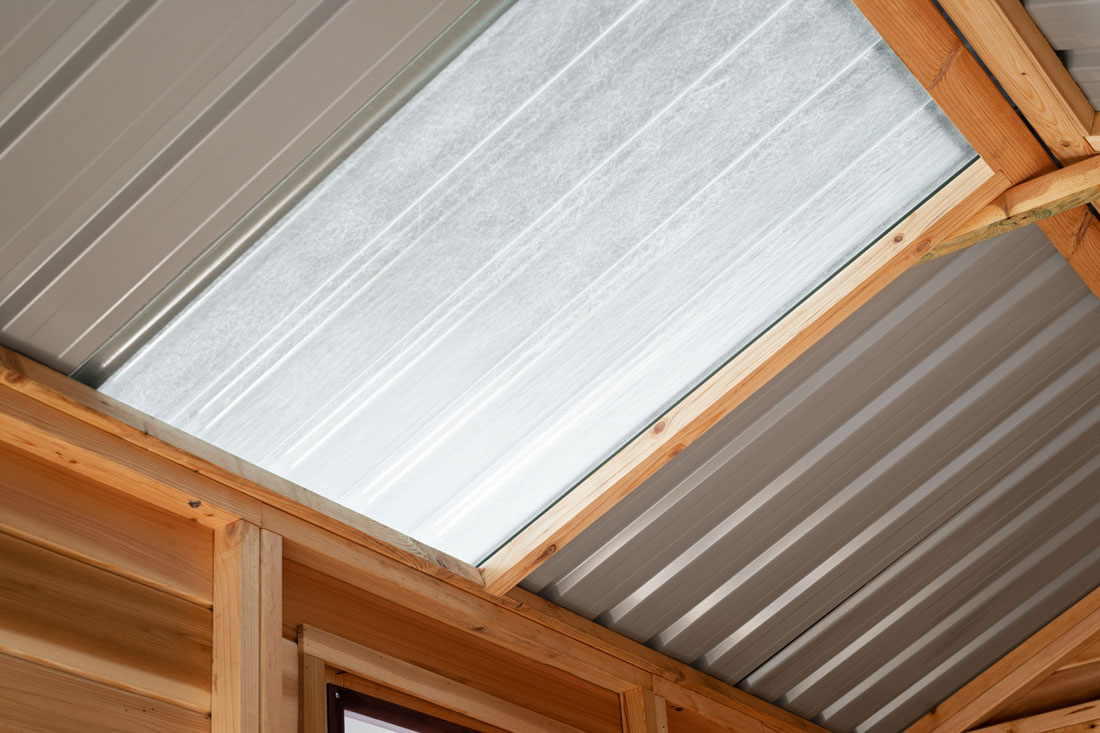
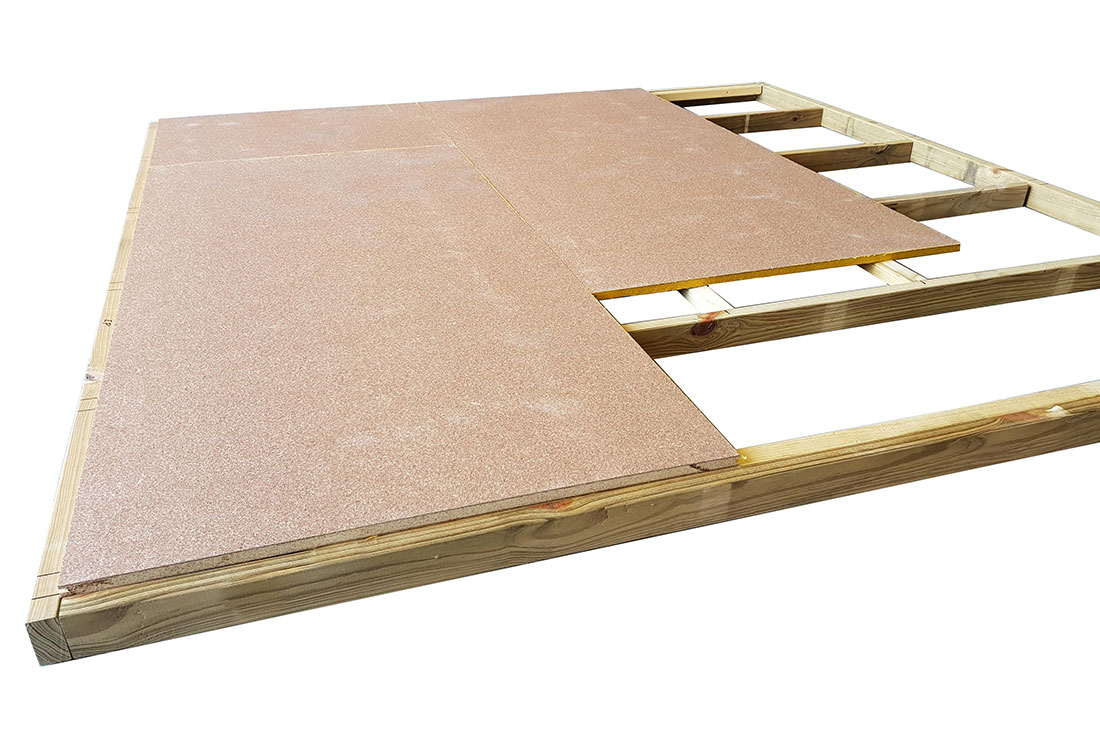
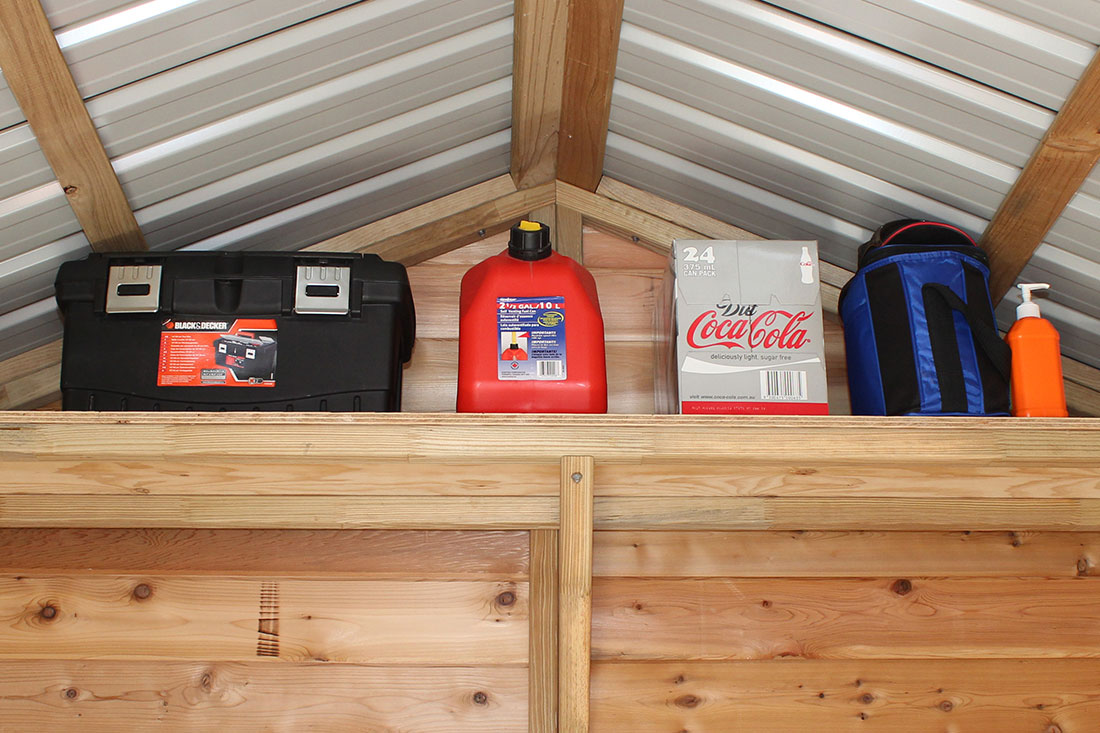
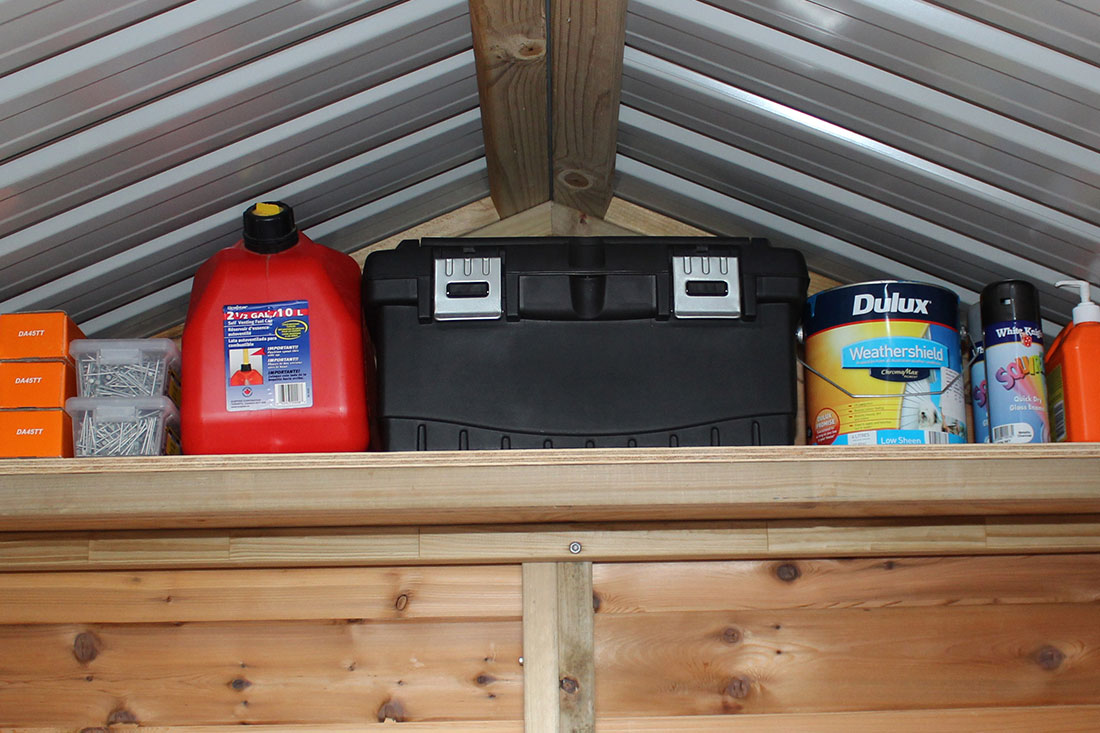
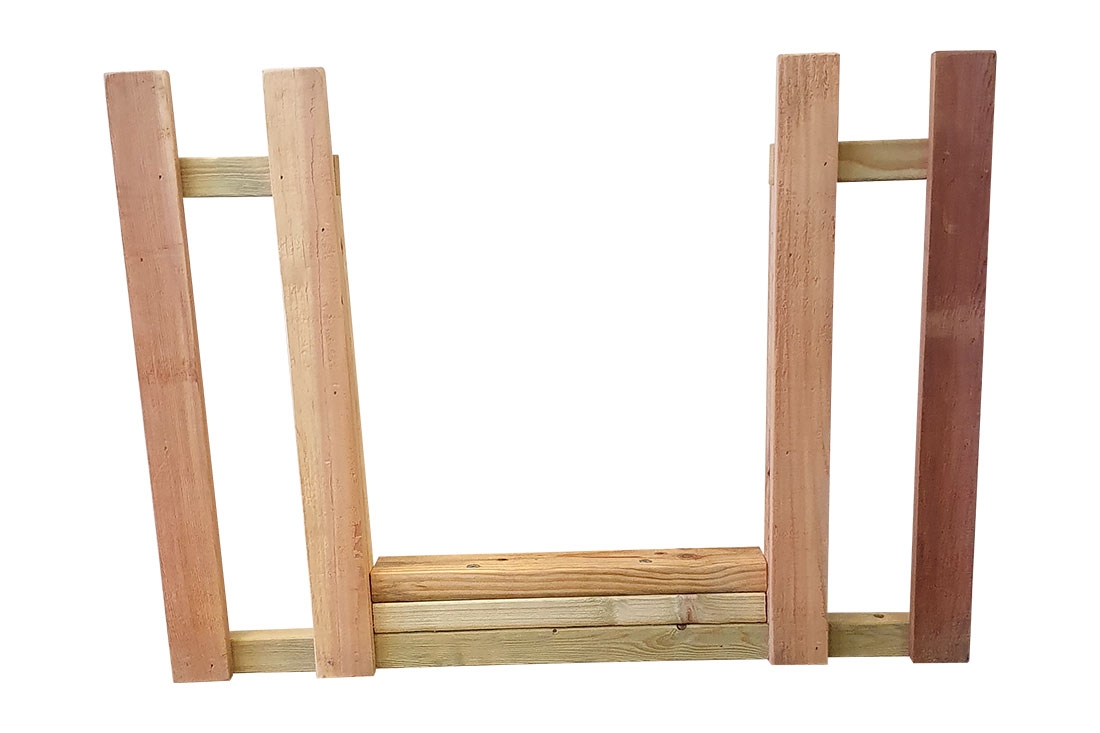 Includes an adjusted railing & ground pegs to make provision for a slide to be attached to the Hideout Tower.
Includes an adjusted railing & ground pegs to make provision for a slide to be attached to the Hideout Tower.